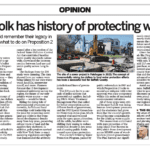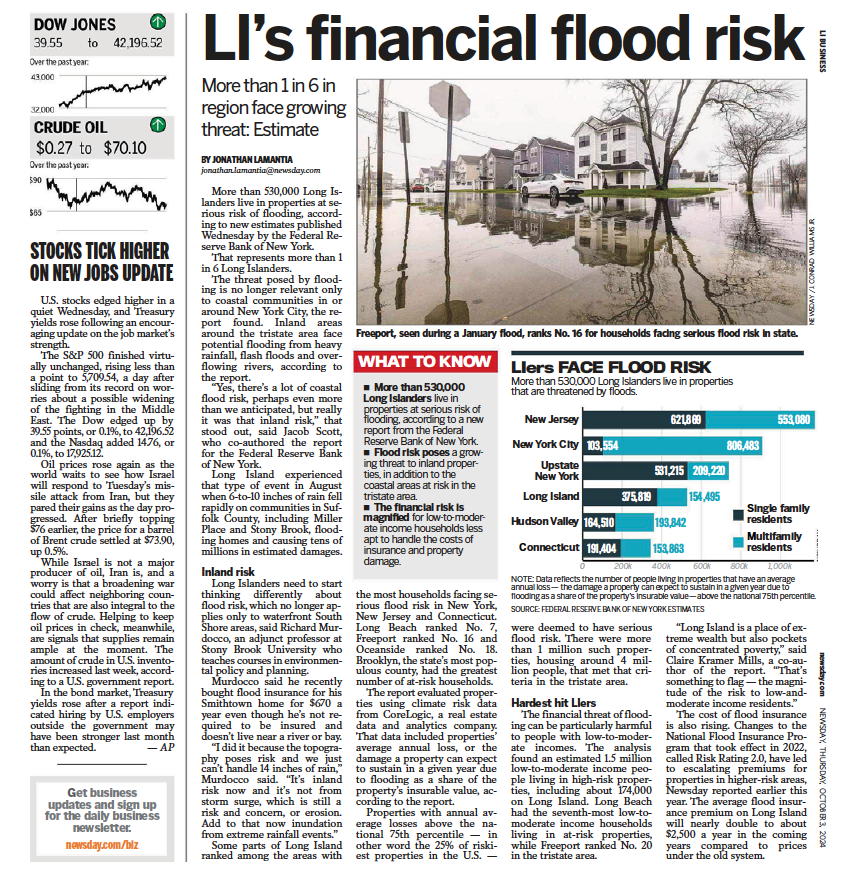My editorial response on Sandy’s impacts to Fire Island was recently aired during the week of 12/30/12 to 1/7/13 at the top of each hour on News 12 Long Island. The segment was presented by Peter Kohler of Cablevision Editorials. Many thanks to them for airing my response:
Viewers have been commenting in the wake of Hurricane Sandy.
Our editorial about state and federal plans to restore beach breaches on Fire Island got this e-mail from Richard Murdocco of Setauket:
“The policy of repairing beaches to shield waterfront communities from storm(s) isn’t sustainable. We should restore wetlands south of Montauk Highway and rebuild wisely. Nature will always prevail.”
And Gus Rappold of Massapequa weighed in on the Town of Hempstead’s idea to require gas stations to install backup generators:
“A mandate like this would put small dealers out of business. Heck, let’s just require everyone to have backup power. Hempstead is being very short sighted.”
We thank these viewers, for taking their turn by using our viewer response form. We also encourage you to check out our new Facebook and Twitter pages.
The Cablevision Editorials Facebook page features videos that you can comment on and share with your friends. Click the “Like” button to add us to your newsfeed.
And follow us on Twitter, @CVEditorials, for tweets about our latest editorials.
Instant updates, on your smart phone or tablet. Get connected to our Facebook and Twitter pages, and join the conversation.
My complete comment is below:
Hello, my name is Richard Murdocco, and I am writing in response to the 11/20/12 Cablevision Editorial “Our Battered Beaches”. I have my MA in public policy from Stony Brook University, where I studied regional and environmental planning.
First, I agree with Mr. Kohler in stating that the breaches must be filled in order to stabilize the battered barrier isle. Sandy’s damage would’ve been magnified if the barrier Island was left to degrade over the decades. However, the policy of rapidly repairing the beaches to shield our waterfront communities from storm events is not a sustainable, long-term practice we should continue to engage in. We should simultaneously look to restore the wetlands that covered the areas south of Montauk Highway in Nassau and Suffolk Counties, as well as question our tendency to cluster dense populations of residential units on Long Island’s floodplain.
Geologically, Fire Island is not a static area. With severe weather events becoming more and more frequent, it is essential for policymakers and the Army Corps of Engineers to become less reliant upon short terms fixes and start exploring long term land use policy options, using the best environmental and scientific data available. We need to rebuild wisely using the lessons learned from the superstorm, all while understanding nature will always prevail. As the saying goes, man plans and God laughs.









